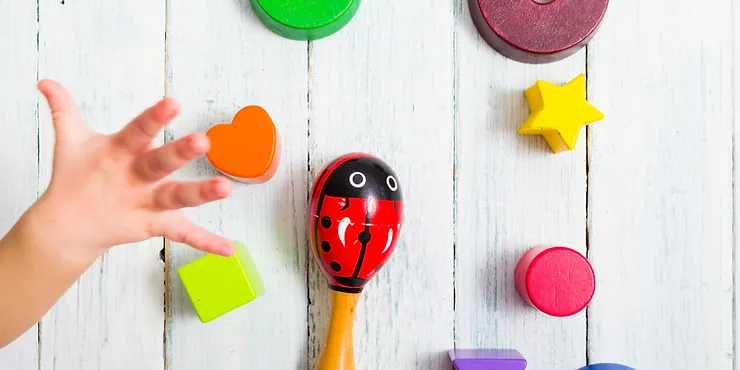So, you don’t want your child to be throwing things they’re not supposed to. It might destroy the item, hurt people or make a huge mess.
There are mainly 2 reasons why young children throw things:
1. Throwing out of frustration
Some children throw when they’re angry or frustrated. It’s their way of expressing those upset feelings. Young children are still learning to regulate themselves and throwing out of frustration is very age appropriate.
2. Throwing because they’re engaged in the trajectory schema
Play schemas are innate urges children go through to help build skills in everyday life. When engaged in the trajectory schema, children have urges to explore straight lines (up, down or horizontal), hence throwing things to see them go in straight lines. You can read more about play schemas here.
What then can you do to help keep things and people safe and at the same time support their emotional expression and schema play?
Here are some ideas:
1. Stay calm
Try to stay as calm as possible because it avoids unnecessary power struggles and models the calm demeanor you want to see in your child. Avoid shouting from afar “NO NO NO, don’t do that!” or “CANNOT THROW!!” or lecturing after the throwing “Mama said cannot throw right? Throwing will spoil the toy. Be a good girl. Next time cannot throw okay?”
Move slowly and calmly to your child and…
2. Physically catch or block their hands
Your child might already know that he is not supposed to throw, he might even be able to recite back to you “cannot throw”, but he still doesn’t have the self-control or capacity to not throw. So we can help him stop physically by catching or blocking their hands firmly (not roughly). If you weren’t able to get to him in time, no worries. You can slowly and calmly go close to him and try to catch the next one and say “I won’t let you throw”.
3. Offer an acceptable item to throw
Because throwing is an emotional expression or an urge to learn about how things go, you can support that by offering a safer and more acceptable thing to throw at a certain place. For example, a soft toy or rubber ball to throw outside or a certain corner in your home. It could sound like “If you’d like to throw, you can throw this ball outside.”
4. Repeat steps 1-3 many many times
With any new learning or new skill, it takes time and repeated practice. So give grace to your child and yourself and both of you should be able to get through this easier.
The idea is that you and your child are on the same team and you’re trying to help keep everyone safe. So blocking him physically is helping him control himself and offering him a substitute also supports him in exploring the trajectory schema or express himself in a way that’s safe.
All the best!

